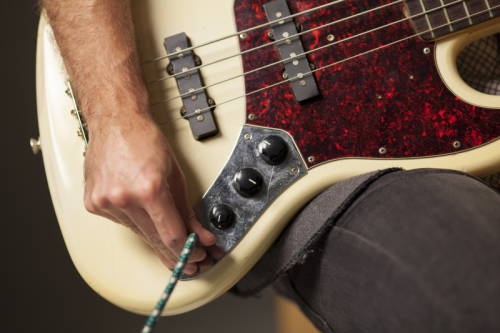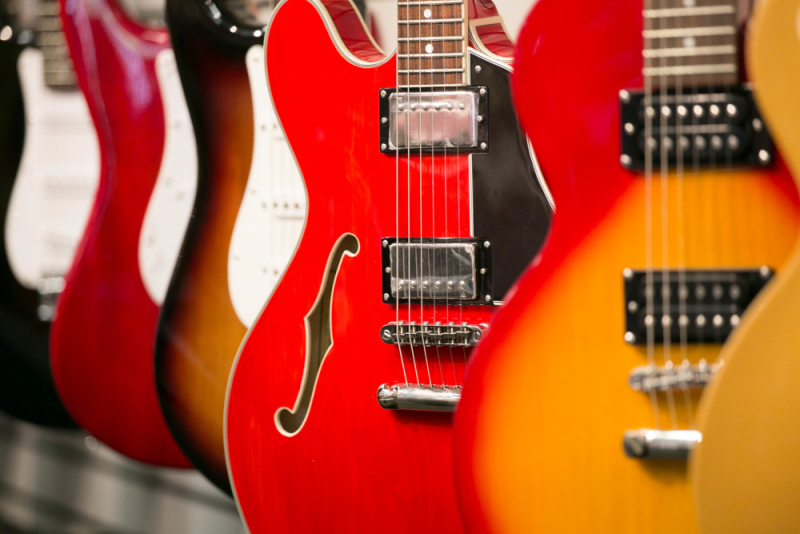April 09, 2015
What is Rosin & How Do I Use It?
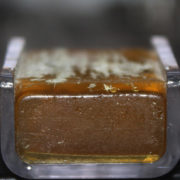

Rosin is a solid form of resin that’s obtained from pines and other conifers. Produced by heating fresh liquid resin to vaporize its volatile components, it’s semi-transparent in nature and varies in color from yellow to black. Used by cellists, violinists, and other string musicians, rosin helps create friction between the bow hair and strings. Essentially, rosin helps the bow grip the strings and produce sound. Usually applied to the instrument before playing, rosin comes in many different forms, ranging from powder to blocks or cakes of solid rosin. Whether you’re a new musician who has never used rosin before or are curious about how it’s made, we’re here to talk about everything rosin.
How is Rosin Made?
As mentioned, pine sap is the key ingredient in rosin, and it’s typically extracted from trees grown for paper pulp. When manufacturing rosin, the first step is to heat pulverized trees and liquid in giant digesters that separate wood and other fibers from byproducts that are rich in aromatic compounds. From there, the raw materials are converted to bow-ready rosin using a pretty straightforward procedure involving molds, beeswax, and other ingredients. Without getting too in-depth with the process, the separated byproducts and beeswax are heated and cooled in a saucepan before being drizzled into the molds. As the rosin cools and hardens, they’re removed from the molds and the ends are torched smooth. The end result is a cake of rosin that’s ready to be used.
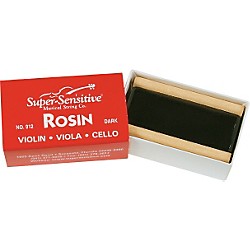

Obviously, there are different methods for manufacturing other types of rosin, but the overall process remains more or less the same–turning liquid pine sap into something useful for string musicians.
How Are You Supposed to Use Rosin?
Depending on the type of rosin you purchase, the application methods may vary slightly. Regardless, you need to make sure you’re covering the bow with an even coat–if you apply too much you’ll end up with rosin dust everywhere, and if you apply too little your bow may not have enough grip. To apply, tighten the bow, hold the rosin in your left hand, and stroke your bow across the rosin between 5-10 times. There IS such a thing as applying too much rosin (and it’s harder to “get rid” of rosin than it is to add more) so if it’s your first time applying rosin try to err on the side of applying too little.
In most cases, you’ll only have to rosin the bow for every 3-5 hours of playing time. Most beginners or student musicians will only need to apply rosin 2-3 times a week. Obviously, this standard may increase or decrease depending on how often you practice your instrument.
I Think I’m Allergic to Rosin….
One of the more common problems with using rosin for the very first time is developing an allergic reaction to the rosin. This is typically caused by the microscopic dust that can get into your nose, eyes, and mouth while you practice, and doesn’t affect everyone. Fortunately, there are a few things you can do to reduce the chances of an allergic reaction. First, try switching to an all-natural rosin. These tend to be made from natural tree ingredients, limiting the number of chemicals and impurities that will make it into your system. Next, take your instrument to the repair shop for a professional cleaning, especially if you’ve applied too much rosin and are noticing that it’s caking onto your instrument.
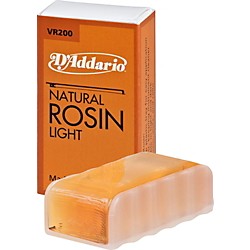

Other ways to prevent the build-up of rosin include only using enough rosin to get the desired stickiness level you need, making sure to wipe down your instrument after every practice or performance, and keeping your instrument in a case that’s clean and dust free. It may sound odd, but vacuum your case every couple weeks to remove any excess rosin dust or debris.
Boxed vs. Cake Rosin: Which is Better?
Rosin comes in two forms: box or cake. Generally speaking, boxed rosin is cheaper than cake rosin and comes in clear and amber colors. Since it’s a universal rosin, it can be used for cellos, violins, and any other stringed instrument. Boxed rosin is the better choice for students who are using non-horsehair bows, as boxed rosin tends to stick to the bow better. The main advantage of boxed rosin is its durability–it’s less prone to cracking and breaking, and a single box tends to last longer than a cake. Cake rosin, on the other hand, is higher-quality and purer and is available in amber to solid black colors. Ultimately, the choice is a matter of preference and both types should be experimented with.
How Do I Clean Rosin Off My Instrument?
If you notice rosin dust on your instrument, don’t worry–it can easily be removed with a simple cleaning. Use a soft cotton rag for cleaning the dust off the strings, the instrument, and your bow after each playing session. Although warm water and a cotton rag will suffice, there are specialty string cleaners and microfiber cloths available. If rosin dust accumulates on the varnish of your instrument, and you can’t seem to clean it off yourself, bring or send your instrument in for a professional cleaning. For more maintenance tips, check out Viola Maintenance: Keep Your Viola Playing (& Sounding) Its Best, and Proper Cello Maintenance and Care.
Buy Rosin at Music & Arts
At Music & Arts, we’re dedicated to bringing you one of the largest offerings of professional band and orchestral instruments, products, and accessories in the world. As a one-stop shop for students, parents, and educators, you’ll find high-quality rosin from some of the top manufacturers, including Thomastik and Otto Musica. Remember, when selecting rosin you should take a variety of things into consideration, including whether boxed or cake rosin is right for you. If your child is a student, a great place to start is by speaking with their music educator for more information.
photo via Jacob Mosteller, cc






